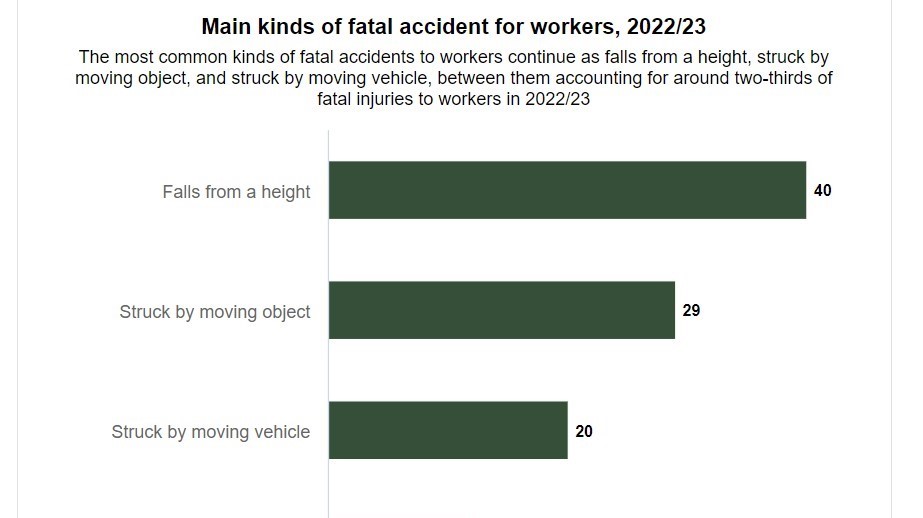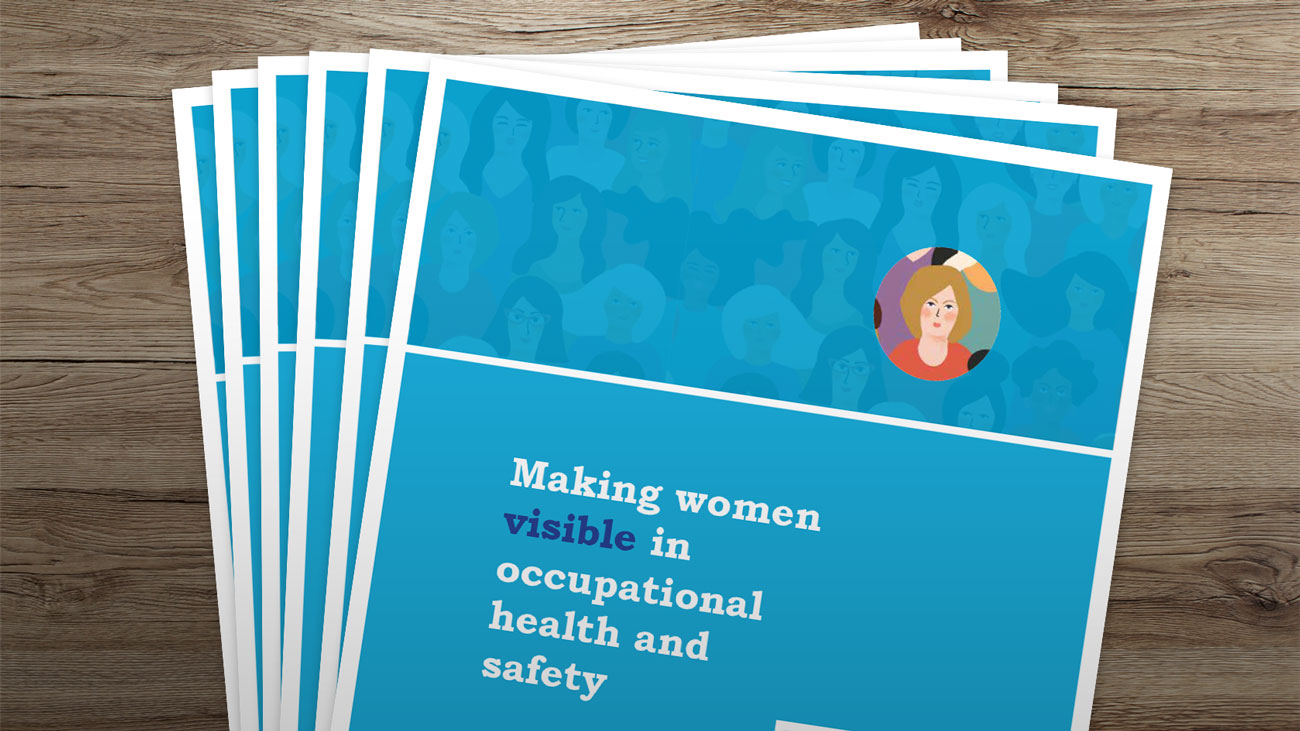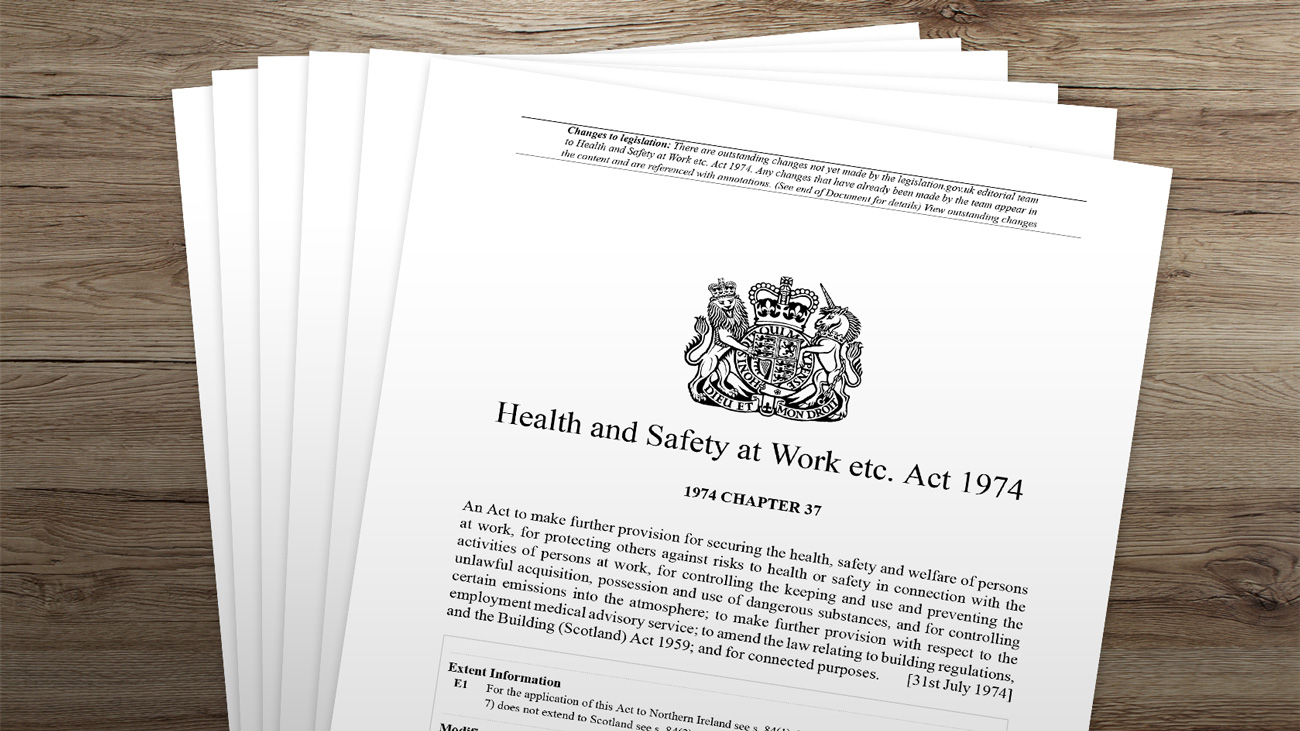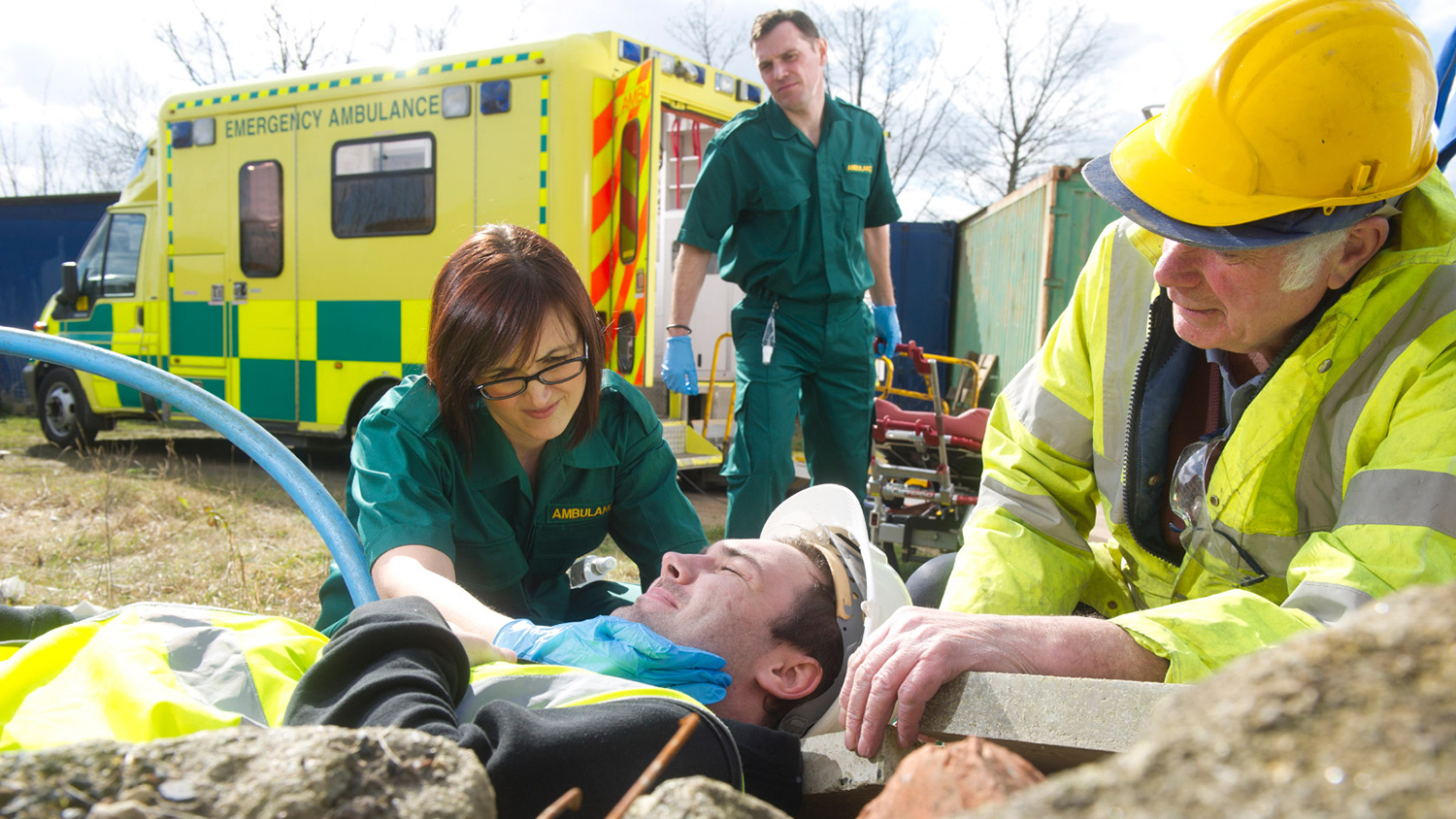
Railway incident highlights significance of near misses
A recent tribunal case has highlighted the importance of recognising and investigating near misses (defined by the HSE as an event that, while not causing harm, has the potential to cause injury or ill health).
An incident on a railway led to a team leader with controller of site safety status being unfairly dismissed after he incorrectly communicated a line blockage, resulting in a near fatal miss with a train. People Management reports that it was Mr C Boxall’s responsibility to liaise with the signallers managing the signal boxes for the up and downlines. He also had the responsibility of communicating with the team which lines were blocked.
At the time of the incident, Boxall had said the downline was blocked and therefore safe to cross. As a result, team member Mr Burton went to cross the downline when a train came down, causing a serious health and safety risk. Burton “quickly got out of the way”, but the Tribunal noted the incident could have led to “very serious” consequences.
Network Rail Infrastructure (NRI) carried out an investigation into the health and safety incident, and all team members stated that they understood from Boxall that the downline would be blocked for another 10-12 minutes. Boxall was invited to a disciplinary hearing, facing an allegation of gross misconduct and neglect of his COSS duties by incorrectly communicating a blocked line – for which he was dismissed.
The Tribunal found that Boxall was “partially responsible” for the incident, and, while not completely “blameworthy or culpable”, found that he “deliberately, as it now appears, did not report the incident”. Boxall's compensation was reduced by 25% to £15,382.74.
This case illustrates that, while no property was damaged and no personal injury was sustained, given a slight shift in time or position, damage or injury easily could have occurred. Near misses also may be referred to as near accidents, accident precursors, injury-free events and, in the case of moving objects, near collisions. A near miss is often an error, with harm prevented by other considerations and circumstances.
Near misses are less severe than accidents. However, near misses should not be ignored or treated lightly, as they can provide valuable insight into how well you are managing health and safety in your workplace.
Near misses may seem trivial but they are a valuable source of information. Taking time to review the underlying causes is likely to reduce risk, improve health and safety, and save you time and money.
Learning lessons from near misses can prevent costly accidents. (The Clapham Junction rail crash and the Herald of Free Enterprise ferry capsize were both examples of situations where management had failed to recognise, and act on, previous failings in the system.) You need to investigate adverse events for a number of reasons.
Adverse events where no one has been harmed can be investigated without having to deal with injured people, their families and a demoralised workforce, and without the threat of criminal and civil action hanging over the whole proceedings.
It is often pure luck that determines whether an undesired circumstance translates into a near miss or accident. The value of investigating each adverse event is the same.
It is the potential consequences and the likelihood of the adverse event recurring that should determine the level of investigation, not simply the injury or ill health suffered on this occasion. For example: Is the harm likely to be serious? Is this likely to happen often? Similarly, the causes of a near miss can have great potential for causing injury and ill health. When making your decision, you must also consider the potential for learning lessons. For example, if you have had a number of similar adverse events, it may be worth investigating, even if each single event is not worth investigating in isolation. It is best practice to investigate all adverse events which may affect the public.
In this case, the near miss was reported, resulting in the investigation and dismissal of negligent management. Employees are often not enlightened to report these close calls as there has been no disruption or loss in the form of injuries or property damage. Thus, many opportunities to prevent the accidents that the organisation has not yet had are lost.
In terms of human lives and property damage, near misses are cheaper, zero-cost learning opportunities (compared to learning from actual injury or property loss events).
Achieving and investigating a high ratio of near misses will find the causal factors and root causes of potential future accidents, resulting in about 95% reduction in actual losses.







